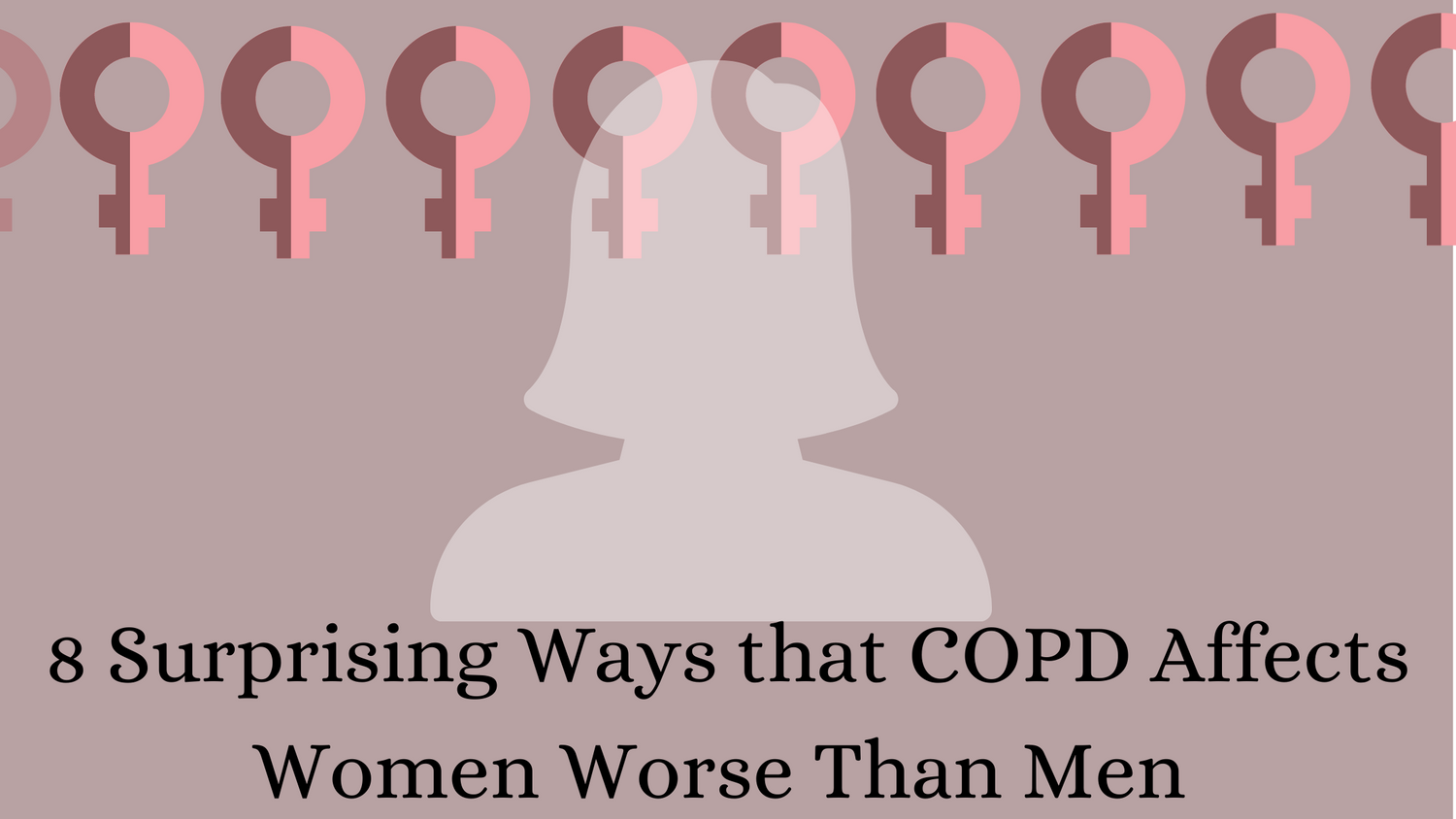Respiratory Resource Center - LPT Medical
10 of the Necessities You Need For Managing COPD in 2023
Are you or a loved one living with...
Read MoreTracking how Chronic Obstructive Respiratory Disease Will Impact your Mental Health
Chronic Obstructive Pulmonary Disease (COPD) is a chronic...
Read More8 Surprising Ways that COPD Affects Women Worse Than Men: Tips for Managing the Risks and Challen...
When it comes to sex and gender-related differences...
Read More

